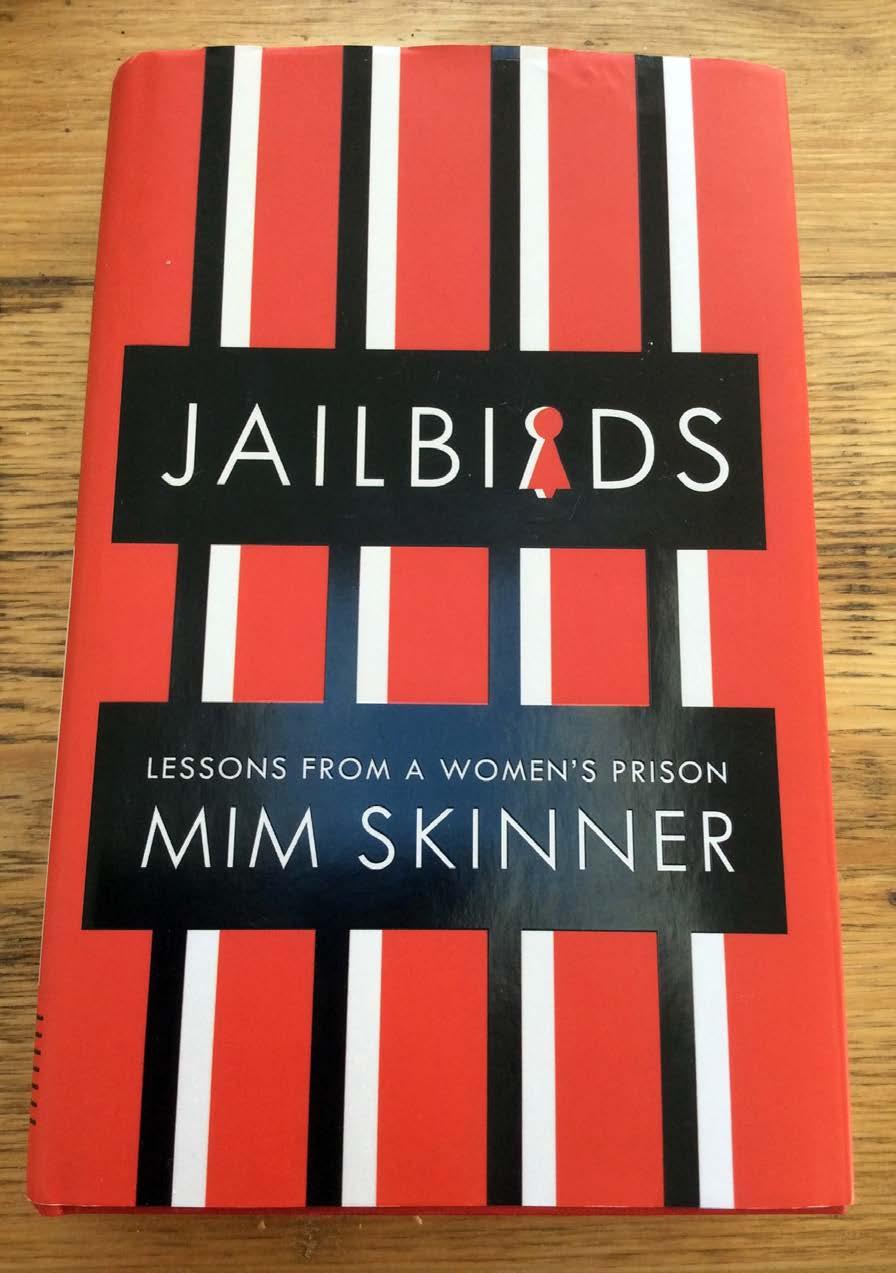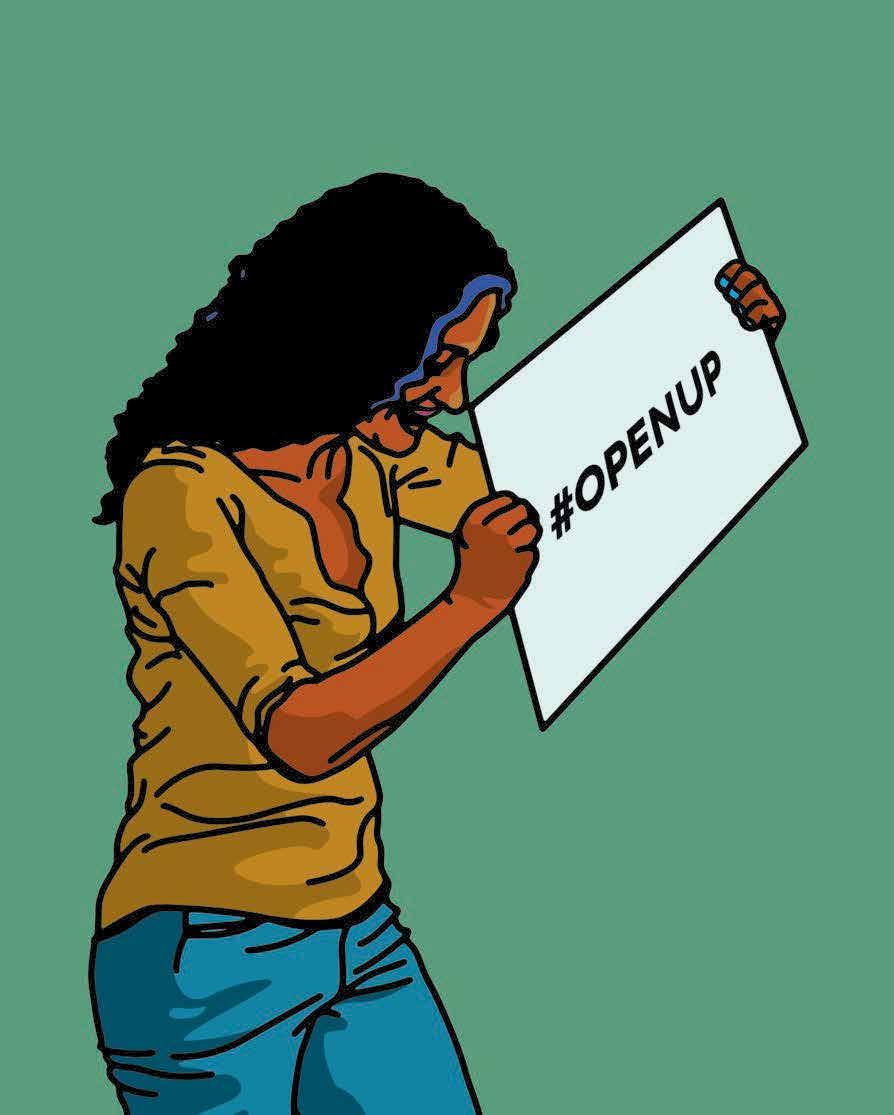
11 minute read
After Holloway
THE TRANSFO RMATION: HOLLOWAY PR ISON A BUILDING TH AT SUPPORTS ALL WOMEN? Claire Cain, WIP’s Campaigns and Public Affairs Manager, updates us on the fight to turn the site of HMP Holloway into a benefit for the whole community »»»»
Advertisement
AFTER HOLLOWAY
“A hub for What’s happening? community groups, and their families and Three years after it closed, Holloway prison has been sold to the Peabody Trust Housing Association. After several years of campaigning, we are delighted that the new turning it into a space for hope. Furthermore, we hope the Women’s Building can provide a practical solution to support women’s organisations and groups who often struggle to campaigners and services to all share a safe and secure space.” developers have committed to afford rents in London and building social housing on the eightfind spaces to meet. acre site where the former prison stood. They Where did the idea come from? have also committed to space for support New York! In 2012 a women’s prison on the services and facilities for women. Women in west side of Manhattan closed after being Prison is a member of the Reclaim Holloway damaged in a storm. A group of women campaign group and we are working to ensure activists had been looking for a site to host that the support services and facilities built for lots of women’s organisations and decided the women take the shape of a Women’s Building. abandoned Bayview prison provided a historic What is a Women’s Building? opportunity to reclaim a site of women’s A Women’s Building is a large hub for many confinement and pain and transform it into different community groups, campaigners and a home for women’s justice. This journey is support services to all share a safe and secure the inspiration behind the Reclaim Holloway space. The vision is for the building to be Women’s Building and we hope that they open to the public as a place for art, theatre, will become sister sites for the global fight for storytelling, campaigning, advice and support women’s rights and equality. for all women. The Women’s Building What’s next for the campaign? presents us with a chance to bring together We need to continue building support for the those who are fighting for justice and equality Women’s Building and lobbying the for women and to build a national beacon developers to ensure this opportunity is fully for women’s rights. grasped. Whilst there is a commitment to Why do this at Holloway? building facilities for women, this doesn’t tell Women in Prison believes that too many you what that will look like once the project women are sent to prison and that there needs is finished. We therefore need to keep to be a greater focus and investment on campaigning to help shape the design of the support services and opportunities for women Women’s Building. in our communities. Transforming part of How can I support and get involved? a former women’s prison into a community We would really love for you to back this project for women’s rights is highly symbolic campaign and would value your support. of the way forward for justice for women in Please write to WIP – see the inside back page the UK. It is a way of reclaiming a site that on how to contact us – to share your support has caused so much pain and harm to women and ideas for the Women’s Building!
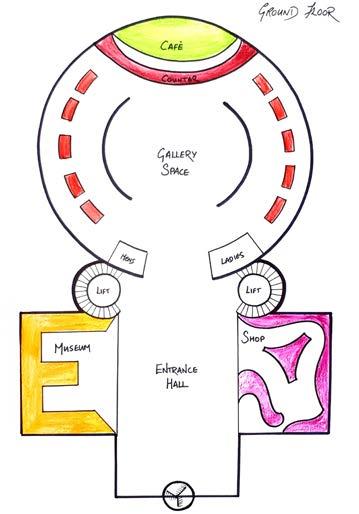
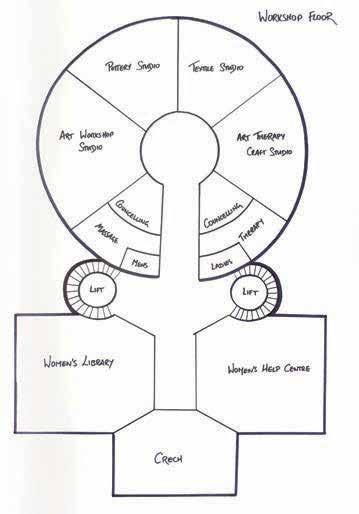
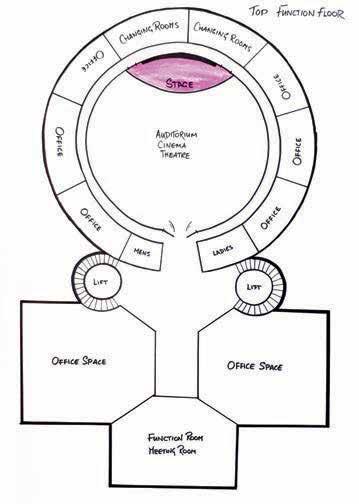
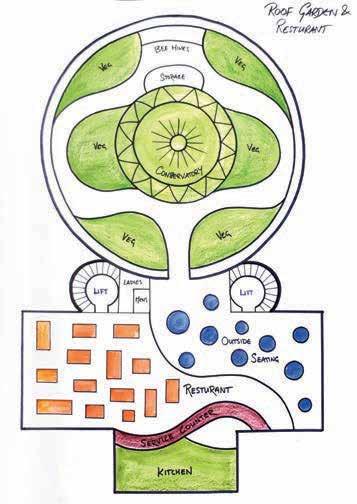

The Bent Bars Project is a prisoner solidarity letter writing project for LGBTQ+ prisoners. The project is open to anyone who identifies as lesbian, gay, bi-sexual, transgender, queer or gender non-conforming.
We match LGBTQ people inside prison with LGBTQ people outside prison so they can write to each other. The aim of the project is to support each other and to help break the added isolation that LGBTQ prisoners often feel.
If you think this project is for you and would like a penpal, write to us and we will send you more information. Bent Bars Project, P.O. Box 66754, London. WC1A 9BF
(if you cannot write to P.O. box addresses please write to Women in Prison using their freepost address and they can forward it on to us) We look forward to hearing from you!
SELF CARE
A Space To Breath. ByLucy
OFF CUFF #2 | A SPACE TO BREATHE 23
Yoga for Bad Backs Almost everyone gets back pain at some point in their life. While it can be a horrible experience, a sore back is rarely serious and there are lots of things that might helps. The NHS recommends yoga, and other gentle exercise, as a treatment. You can do this A SPACE TO BREATHE … Yoga for Bad Backs Yoga for Bad Backs Almost everyone gets back pain at some point in their life. While it can be a horrible experience, a sore back is rarely serious and there are lots of things that might helps. The NHS recommends yoga, and other gentle exercise, as a treatment. You can do this when your back already hurts – go carefully and pay attention when your back already hurts – go carefully and pay attention to your body, avoiding anything that feels wrong. You can also practice these movements frequently when you are well, to by Lucy to your body, avoiding anything that feels wrong. You can also practice these movements frequently when you are well, to strengthen the back and prevent any future problems. strengthen the back and prevent any future problems.
Cat (breathe out) / Cow (breathe in) Cat (breathe out) / Cow (breathe in) Bridge Preparation / Flow slowly between these poses in sync with the breath. Flow slowly between these poses in sync with the breath. Bridge Do each of them at least 10 times. Carefully move between these two poses 3 times, then hold the second one for 5 breaths. Repeat if you wish.
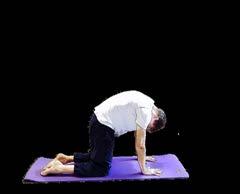

Bridge Preparation / Bridge Carefully move between these two poses 3 times, then hold the second one for 5 breaths. Repeat if you wish.
Frog Single Knee to Chest 10 breaths 5 breaths each side

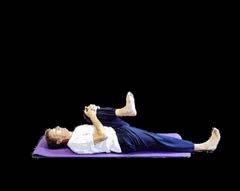
Single Knee to Chest 5 breaths each side
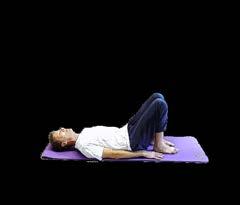

Forward bend Bend your knees as much as you Figure Four 5 breaths each side need to, to get your hands flat on the floor. Stay for 5 slow breaths. Figure Four 5 breaths each side Legs Up Rest Put your legs up on a chair or bed. If this is difficult, just put the knees up, feet flat on the floor. Stay like this for at least 5 minutes, savouring the calmness and silence of each breath.
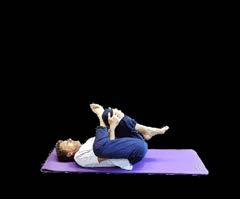
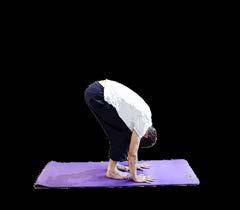
Lying Twist Sphynx 5 breaths 5 breaths each side

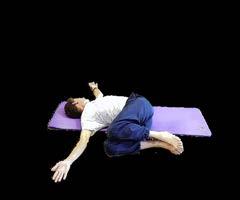
Lying Twist 5 breaths each side
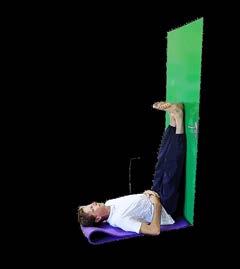
Legs Up Rest Put your legs up on a chair or bed. If this is difficult, just put the knees up, feet flat on the floor. Stay like this for at least 5 minutes, savouring the calmness and silence of each breath.
PROSECUTING PARENTS WHO REALLY PAYS THE PRICE? Rona Epstein, Honorary Research Fellow at Coventry University, explains how and when a “crime” is not a crime.
Sylvia (not her real name) is a single parent who cannot work because of ill-health. Her 13-year-old son is on the autism spectrum (ASD) and has a number of learning difficulties and anxiety. He was too anxious to attend school regularly. Under the law, which makes it a crime for a parent to fail to ensure that their child attends at least 90% of school sessions, she was prosecuted. She had one fine, which she paid. When the authorities issued her with a second fine for non-attendance, she refused to pay and was taken to court.
“I represented myself and gave full details of my son and the reasons for his school refusal and the court fully appreciated my mitigating circumstances and said it agreed that it must be very hard raising a child like my son. It found me guilty (because it had to) but gave me an absolute discharge with no court fees. I deregistered my son the day after the new term started because I was threatened again by the attendance officer saying that the school could not accommodate my son’s part-time timetable and not knowing when he was going to turn up and that I should find a different school.”
In 2018, there were 27,000 prosecutions for truancy. Most parents were fined, but some were sent to prison. It was usually the mother who was prosecuted. Our research, published in February this year, was based on an online questionnaire answered by 125 parents whose children had missed school. We found that many of these parents were ill or disabled. Almost all the parents reported that their child was anxious about school. They described night terrors and extreme reactions of fear when it was time to go to school. About 40% of the children in this sample have an autism spectrum disorder (ASD). Many of them had other health issues. 90% of the children had SEND (Special Educational Needs/Disability) or a health problem. All the parents reported that it was impossible to force their fearful and panicky children into school; yet many had been threatened with prosecution or been prosecuted.
Lack of resources was a key issue. In some cases, one-to-one support in school had started but not continued, or recommended by the educational psychologist but not supplied. Long waits for diagnoses and for assessment and support were also common.
60% of the children had been bullied. Some parents fearing prosecution took their children off the school roll. Some of these children were home-schooled, causing loss of income when parents left work; others had no structured education. Specialist legal help for parents is available, but this is not widely known. ( www.covrj.uk/prosecuting-parents)
We argue that school absence should be treated as a welfare matter, as in Scotland, and not as a crime. The distinction between a social welfare and a criminal justice approach is important: in the social welfare system, the welfare of the child is the paramount consideration; this is not the case in the criminal justice system where the welfare of the child is only one of a number of considerations. If every child is to matter, as Professor Sally Tomlinson says, questions should be asked about schooling rather than criminalising parents.
We also see the criminal justice system being abused in a different context: Three hundred and five people were sent to prison in 2018 because they owed council tax. Usually, people sent to prison for not paying council tax receive no help. No one gives advice about bail. They do their time. They never imagine that it is an error in law that has put them in a prison cell. Owing money is not a crime: magistrates should not send anyone to prison because they owe council tax. What they should do is deduct an amount from benefits or wages, so that the amount owed is gradually paid back. If this would take too long (more than three years), they should consider remitting part or all of the debt.
Some time ago, I wrote an article on council tax debt for this magazine explaining the law and what should happen if someone has difficulty in paying the council tax they owe. Melanie, a single mother from Porthcawl in Wales, who was in poor health and in financial difficulties, read the article while she was in prison. She was serving a sentence of 81 days imprisonment for owing council tax. She wrote to Women in Prison asking for advice. Expert legal help was found for Melanie, who was then released from prison on bail. The later court decision was to quash her sentence; the magistrates had made a number of serious mistakes when they sent her to prison.
Following much publicity about this case, in June 2018 the Welsh government announced a consultation with the aim of abolishing imprisonment for council tax debt – a huge step forward. After that, the law was changed. Now people in Wales, like those in Scotland and Northern Ireland, cannot be sent to prison for council tax debt. We still have a way to go because in England it is still possible for magistrates, making the same sort of errors, to continue to send people to prison when they owe council tax.
So, one short article in this magazine, one brave and outspoken woman, two caring and competent lawyers – result, an important change in the law. That’s progress!
If you are - or someone you know is - in prison for owing council tax, please get in touch. Expert legal advice could make all the difference. Please write to:
Rona Epstein Freepost WOMEN IN PRISON (no stamp required)
Or email:
info@wipuk.org Rona Epstein is Honorary Research Fellow at Coventry Law School, Coventry University.


